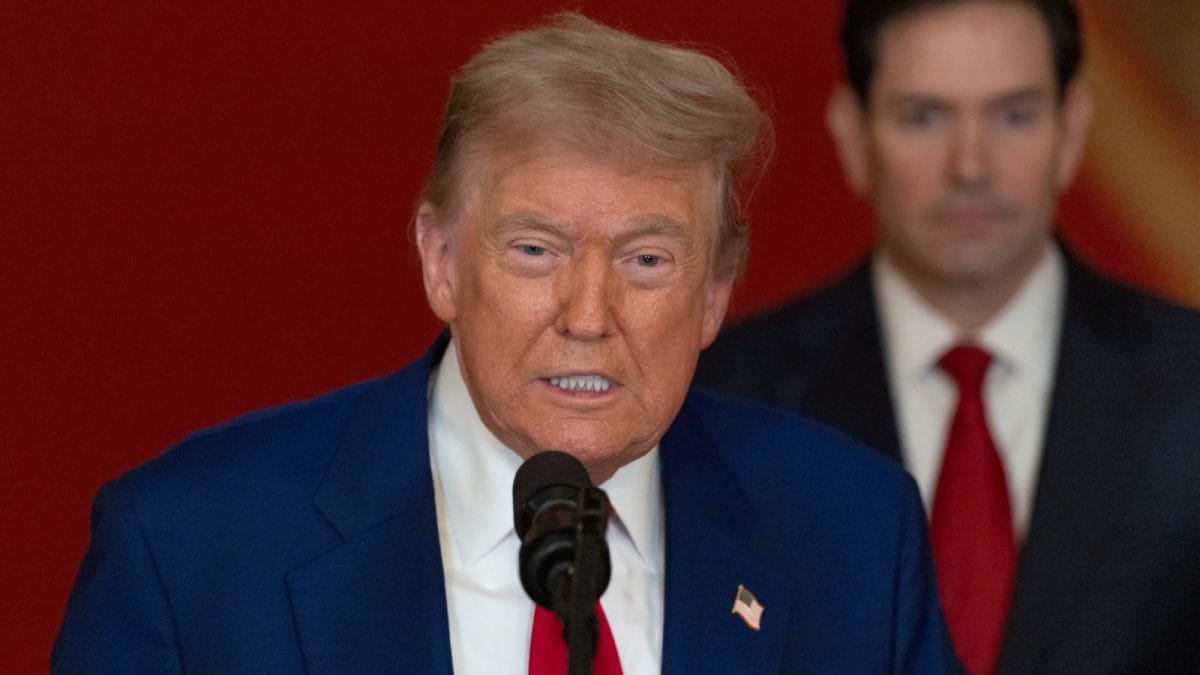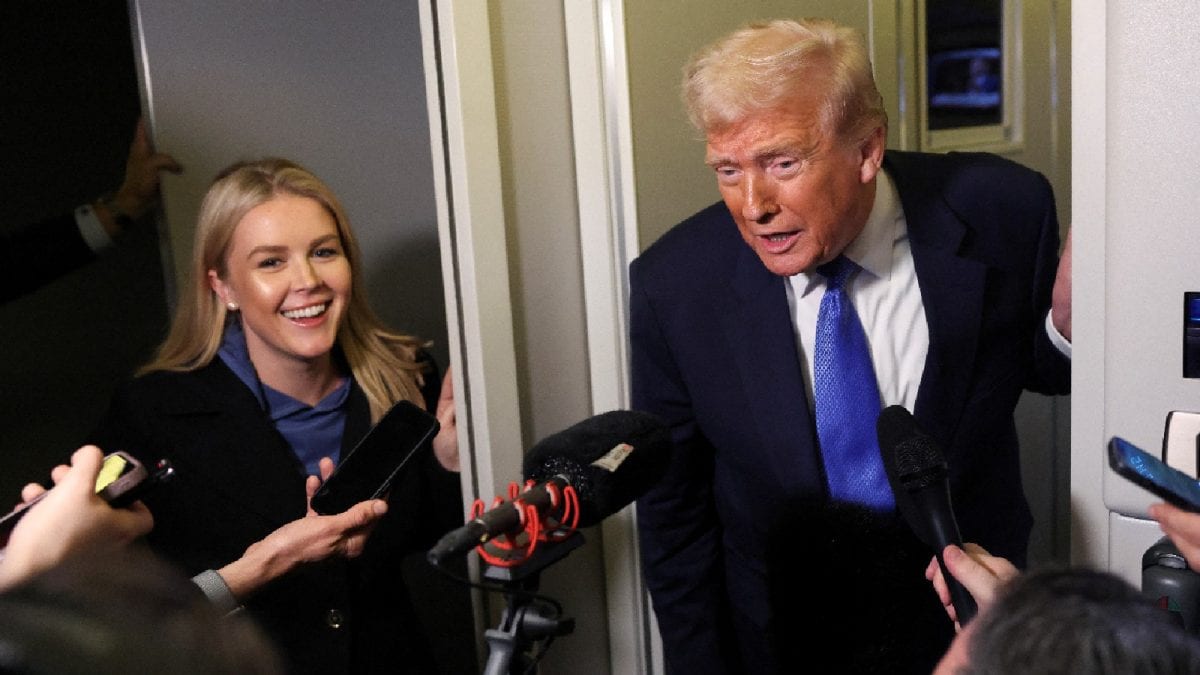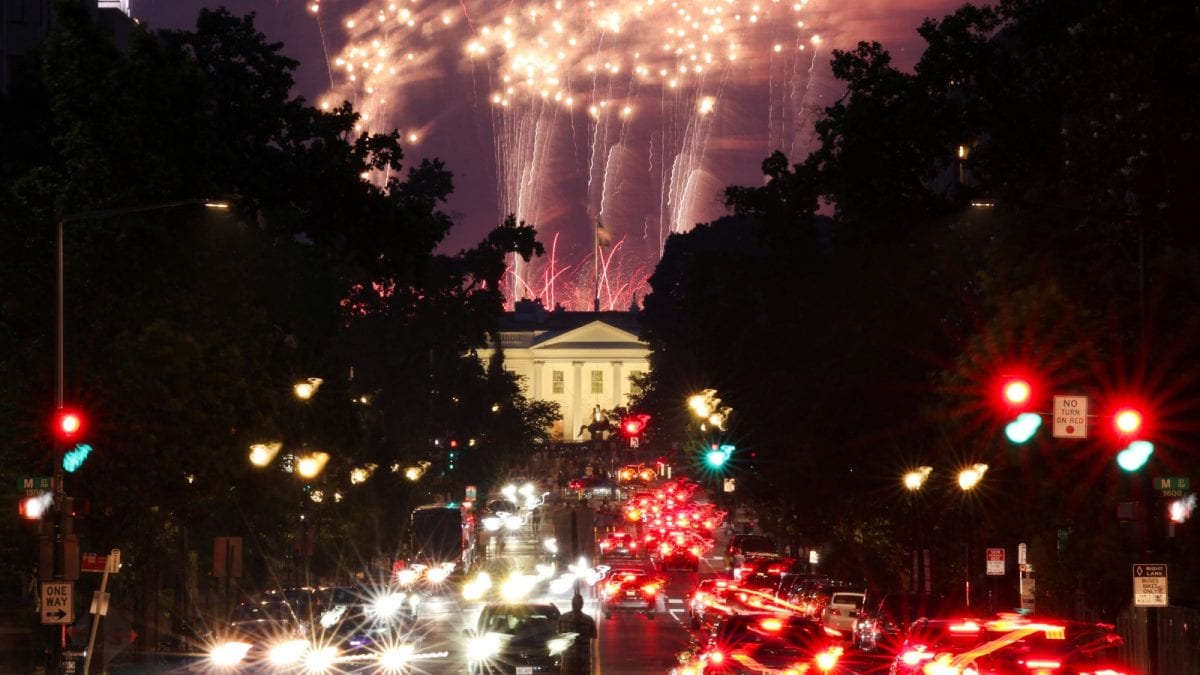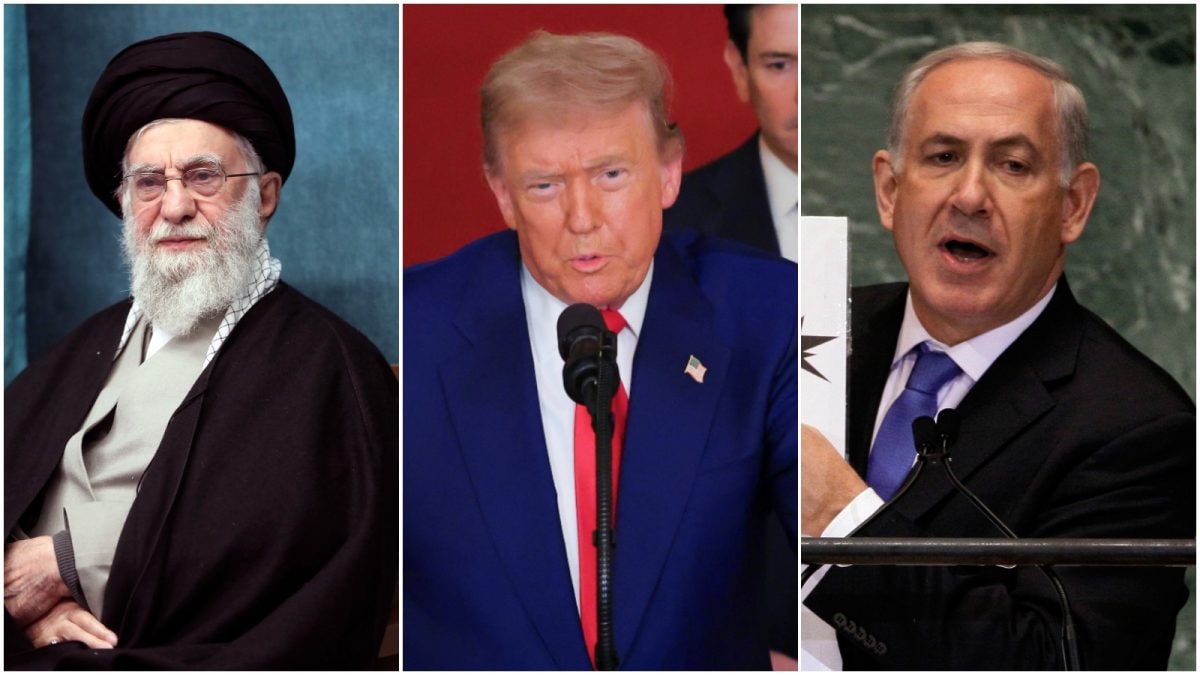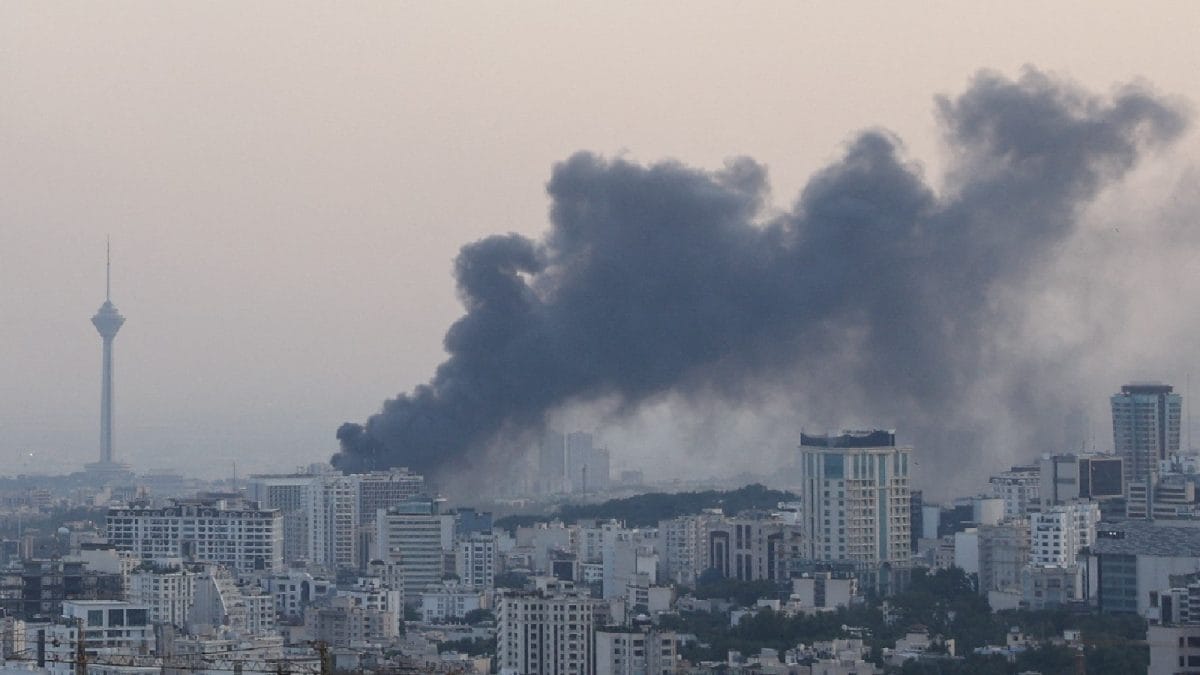Last Updated:June 23, 2025, 12:28 IST
As the Israel-Iran war continues and with the US now officially a part of it, a look at the key 10 moments of the past 10 days

The Israeli flag is reflected in the windows of a damaged building in Ramat Gan, Israel, which was hit by a missile launched from Iran. (AP)
From plans to destroy Iran’s nuclear programme to talks of a regime change, a lot has happened in the Israel-Iran conflict since June 13.
US President Donald Trump, who has been involved in the verbal attack on Iran since day one, officially joined the war with Operation Hammer on Saturday night. The onslaught of Iran’s nuclear plants was the most violent moment of his two terms and America’s 46-year showdown with the Islamic Republic. Flush with the spoils of battle, Trump is toying with the idea of regime change.
Explained: Iran’s Nuclear Programme, Regime Change, Or Both? Decoding What Israel Is Really After
Meanwhile, both Israel and Iran remain adamant, consolidating support from friendly countries. While Israel PM Benjamin Netanyahu thanked Trump and resolved to fight, Iran’s Supreme Leader Ayatollah Ali Khamenei said the “Zionist regime" in Israel is being “punished" and that “Americans should expect greater damage and blows than ever before". Iran is also planning to close the Strait of Hormuz, a move that may have global impact.
As the war continues, a look at the key 10 moments of the past 10 days:
June 13: Israel launched Operation Rising Lion, with 200 aircraft targeting Iranian nuclear and military sites in Natanz, Tehran, Isfahan, Tabriz, and other locations. The strikes killed several senior IRGC commanders and nuclear scientists, setting back Iran’s nuclear progress.June 13-15: Covert operations by Mossad included explosive drones targeting missile launchers and air-defense systems across Kermanshah, Tabriz, Esfahan, Tehran. These actions complemented the airstrikes and disrupted Iran’s SSM infrastructure, destroying multiple launchers and depots.June 15: Following Israeli strikes, Iran’s capital saw a major exodus—hundreds of thousands fled toward northern provinces like Mazandaran, Gilan, and Alborz, causing massive traffic jams and shortages.June 18-19: Iran responded with over 400 ballistic missiles and about 1,000 drones aimed at Israel in Operation True Promise III. Only 20 missiles reached urban areas due to Iron Dome, according to reports. A Sejjil missile struck the Soroka Medical Center in Beersheba causing extensive damage and a chemical leak. Tehran and residential areas were also hit. When asked whether the US would get involved in the Iran-Israel, Trump said: “I may do it. I may not do it. I mean, nobody knows what I’m going to do."June 19: Israel struck Iran’s heavy-water reactor at Khondab (Arak). Israel stated it posed no radiation risk since it was evacuated and not operational. Iran claimed it intentionally targeted military installations near the hospitalExplained: ‘Close To Deal’ To ‘Obliterated’: US President Donald Trump’s Flip-Flops On Iran Before The StrikesJune 19-20: US President Trump pushed for Iran’s unconditional surrender and hinted at potential US strikes on sites like Fordow. US naval assets moved into the region. During the talks in Geneva, Iran said it was open to diplomacy if Israel paused the strikes.June 20: India launched Operation Sindhu to evacuate over 110 Indian nationals from conflict zones in Iran.June 20: Trump says he will decide within the next two weeks whether the United States will launch an attack on Iran, citing “substantial" chances of negotiations to reach a nuclear deal. The UN and EU, along with the U.K., China, Russia, and regional players called for restraint. European ministers in Geneva pushed for Iran to rejoin nuclear talks.June 21: The United States (US) struck Iran’s nuclear sites at Fordow, Natanz, and Isfahan using B-2 stealth bombers and Tomahawk missiles in what it termed Operation Hammer. US President Donald Trump hailed the airstrikes on Iran as a “spectacular military success," claiming that key nuclear facilities at Fordow, Natanz, and Esfahan were “completely obliterated." Speaking after the coordinated assault, involving B-2 stealth bombers, Trump said the mission was executed flawlessly and marked a decisive blow to Iran’s nuclear ambitions.June 22: Prime Minister Narendra Modi spoke to Iran’s President Masoud Pezeshkian and urged immediate de-escalation and dialogue amid fresh US strikes on Tehran’s nuclear facilities.
At the news desk for 17 years, the story of her life has revolved around finding pun, facts while reporting, on radio, heading a daily newspaper desk, teaching mass media students to now editing special copies ...Read More
At the news desk for 17 years, the story of her life has revolved around finding pun, facts while reporting, on radio, heading a daily newspaper desk, teaching mass media students to now editing special copies ...
Read More
News explainers 10 Days Of Israel-Iran War In 10 Points: The Attacks, Counter & Damage Explained

 7 hours ago
7 hours ago
